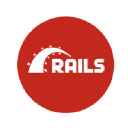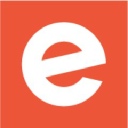How Our Book Publishing Services Marketplace Hit $1M/Month In Gross Merchandise Value
Hello! Who are you and what business did you start?
Hello! I’m Ricardo Fayet, one of the four founders and the Chief Marketing Officer of Reedsy. First and foremost, Reedsy is a marketplace connecting authors (or anyone looking to publish a book) with all the people they’ll need to prepare, publish, and market that book successfully — think editors, proofreaders, cover designers, illustrators, ghostwriters, book marketers, and even literary translators.
Since starting in 2014, the marketplace has become home to over 1,500 vetted freelance professionals and close to a million authors, driving 1,000+ projects every month with a GMV of over $1m.

What's your backstory and how did you come up with the idea?
I didn’t come up with the idea — my co-founder, a long-time friend, and Reedsy CEO Emmanuel...

Download the report and join our email newsletter packed with business ideas and money-making opportunities, backed by real-life case studies.

Download the report and join our email newsletter packed with business ideas and money-making opportunities, backed by real-life case studies.

Download the report and join our email newsletter packed with business ideas and money-making opportunities, backed by real-life case studies.

Download the report and join our email newsletter packed with business ideas and money-making opportunities, backed by real-life case studies.

Download the report and join our email newsletter packed with business ideas and money-making opportunities, backed by real-life case studies.

Download the report and join our email newsletter packed with business ideas and money-making opportunities, backed by real-life case studies.

Download the report and join our email newsletter packed with business ideas and money-making opportunities, backed by real-life case studies.

Download the report and join our email newsletter packed with business ideas and money-making opportunities, backed by real-life case studies.































